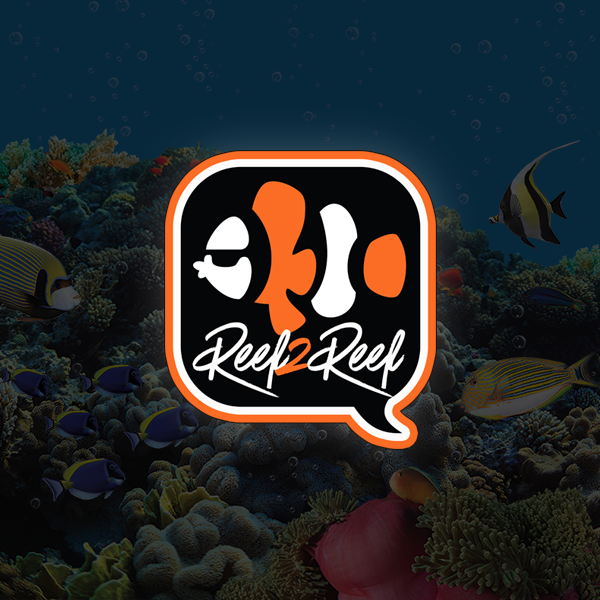Following along as I started w/ dry rock and a little LR. I have had low Nitrate and phosphate and have had to dose early on (Neo Phos and Nitrate). Tank seems happy. recently I made mistake as a couple corals looked bad of running a poly pad and boom bottomed out phosphate. I would suggest gradually dosing waiting a day testing and then dosing again. It took me dosing about 3x to get my 100:1 ratio and things are back on track again.
Good luck and hopefully you can get it so you dont see any Dinos.
Good luck and hopefully you can get it so you dont see any Dinos.





















